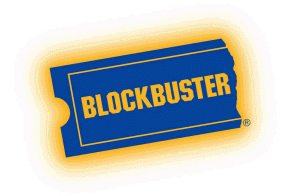 The devastating earthquake and tsunami in Japan have again raised the issue of supply chain robustness to disruption risk, and in particular, are they too fragile? FT.com (3/15/2011) asserts that “Strategies that look rational for individual manufacturing companies… can create big macro-level vulnerabilities…”
The devastating earthquake and tsunami in Japan have again raised the issue of supply chain robustness to disruption risk, and in particular, are they too fragile? FT.com (3/15/2011) asserts that “Strategies that look rational for individual manufacturing companies… can create big macro-level vulnerabilities…”
The reality is that it is too costly to source every component from multiple locations throughout the world just to hedge natural disaster risks. But that doesn’t mean that companies should turn their back to the problem. The best companies follow a few intuitive steps to make their supply chains more robust. I’ll offer two.
First, map your supply chain. If you know your Tier 1, Tier 2 and Tier 3 suppliers, then you won’t have to spend one week figuring out whether you will run out of a part. Most companies know their Tier 1 supply chain, but do they know the other tiers? Do they keep track of changes to the supply chain? This information is crucial because the company that is first to work the phone to find alternative supplies is most likely to be able to secure those supplies. This information also gives you information that you can use to make downstream adjustments to your production. For example, should you eliminate an overtime shift or not? Should you redirect scare parts from one plant to another? Those are difficult decisions to make and are made much more complicated if you don’t even know if you have a problem – why shut down a plant for a potential part shortage that may not materialize?
Second, before disaster strikes, map out vulnerabilities. Some components can be sourced in many locations. Some components have several months of buffer inventory. You don’t need to worry about those. But if the amount of buffer inventory is limited and it is sourced in a few locations, especially a few locations that happen to be close to each other, then you need to consider finding alternative sources or alternative parts. Maybe the conclusion is that the company needs to bear the risk – there are no effective alternatives. But maybe the conclusion is that a substitution to a less risky part is actually feasible. Finding this substitute is less costly before the disaster. There have been reports of companies that are scrambling to qualify additional suppliers, but that could have been done before disaster struck.
Finally, one risk that will hit many companies, even if they don’t have a shortage of parts, is the risk of exchange rate fluctuations – the Yen has just hit a post WWII high against the US dollar.



 Posted by mswd
Posted by mswd 





